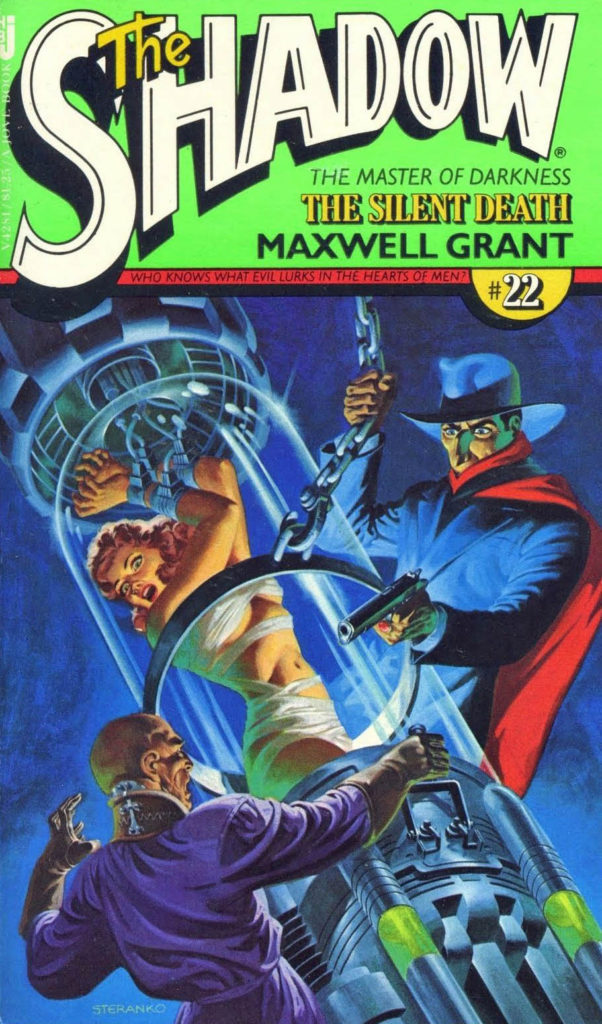Shadow Commission, Unpublished, 2010
Tony Harris’ brilliant and detailed Shadow commission captures the great noirish elements of the classic pulps.
Those classic pulps: Many comics fans of my generation learned about them anecdotally from our folks (my dad was the perfect age for the pulp heyday) AND “officially” from Jim Steranko’s wonderful 1970 History of The Comics, Volume 1.
Steranko connected many, if not all, of the dots in popular fiction that influenced the Golden Age of comics.
Briefly excerpted below is Jim’s summary of the pulp era:
“Pulps were untrimmed magazines named for the soft paper flecked with shreds of wood on which they were printed. Publishers use pulp paper because there was nothing cheaper available. Pulps had little to do with quality. The key word was quantity! Publishers became successfully relentlessly asking themselves this question: How can I print more books, more often, more cheaply?…
“Many titles were started only to be dropped after a few issues. Some bombed after a single issue. Others scored and lasted for decades. A few were so successful that publishing empires were built around them.
“Pulps measured 9 ½ x 71/2 and 114 to 162 pages between full color enamel stock covers. Most had 128 pages, which usually featured a lead novel of some 50,000 to 60,000 words and half dozen short stories totaling an additional 20,000 words…
Some pulps were issued weekly, some monthly, others bi-monthly or quarterly, but at most times 250 titles were on newsstand display. Every month chalked up a staggering total of twenty month million words!
“Those words told every kind of story imaginable, no plot was too remote, no idea too fantastic…
The pulps were cheaply printed, luridly illustrated, sensationally written, and cost a thin dime.”





